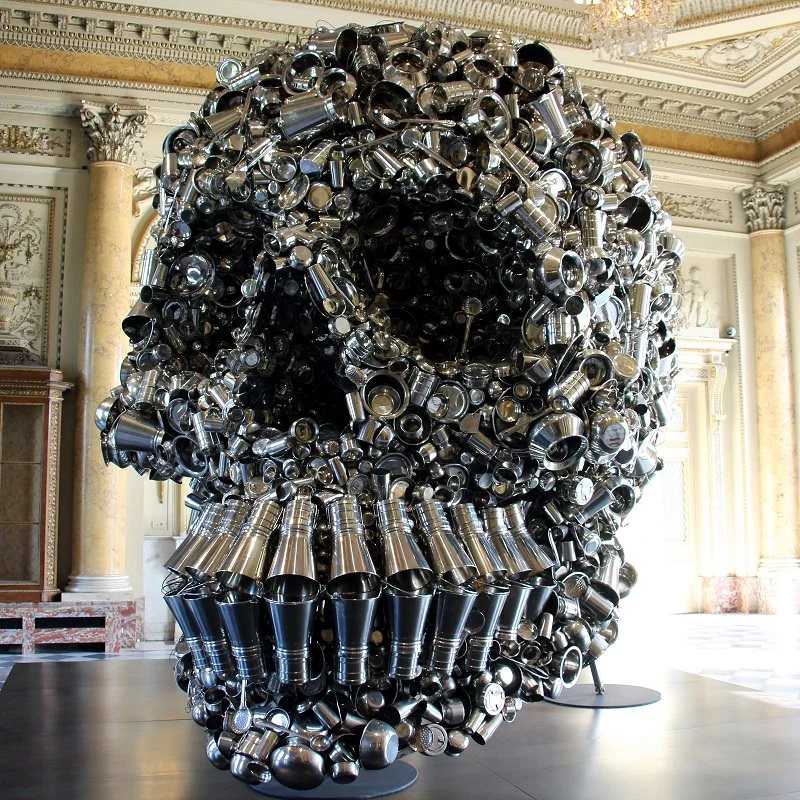A journey through the landscape of Indian art during the last century reveals a broad spectrum of art movements. While Indian artists have been primarily concerned with local themes and societal issues, the influence of modern, and subsequently, contemporary artists from all over the globe has enriched the diversity of Indian artists’ oeuvre. In order to understand this evolution, it is essential to take a step back and look into the historical evolution of Indian art.
Ancient Indian Art
Since between 3000 and 1000 BC, when the Indus Valley civilization existed, Indians have absorbed art into their daily lives. Though primitive, the drainage system designs are the first artwork ruins discovered.
Influence of the Mughals
The Mughals made a significant impact on the artists. Because of their Islamic heritage, their paintings included inscriptions in Urdu and images of mausoleums. Emperors’ extravagance in taste was visible for all to view in astonishment and envy. Such representations pioneered the use of bright and contrasting colors.
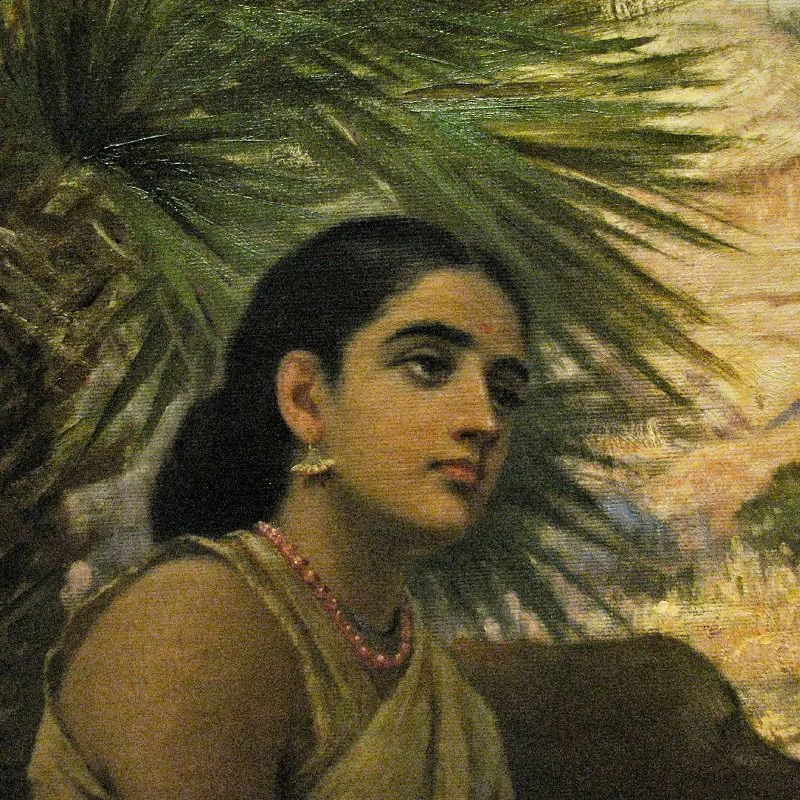
Europe’s Contribution During the Pre-Independence Era
With Vasco Da Gama‘s arrival in Goa, Indian art became connected with the European countries. The representation of Colonizers in the paintings reflected the authoritarian mentality of the Britishers, who held a powerful status in society.
Raja Ravi Varma was the first painter in the 19th century to use international methods like color scheme, oil paintings, portraits, and water colors on mica. He primarily painted events from the Mahabharata, where he highlighted women’s perceptions and struggles within society. He founded a more progressive approach to paintings and had heavy impact on the formation of a Progressive Artist group after independence.
In the 1930s, Amrita Sher Gil’s bold, post-impressionistic color schemes posed a direct challenge to revivalists like Ravi Varma, as did the Calcutta Group’s “socially responsive” work in the 1940s. The latter group actively chose to include foreign inspirations to enhance their art, and develop an international and interconnected aesthetic language.
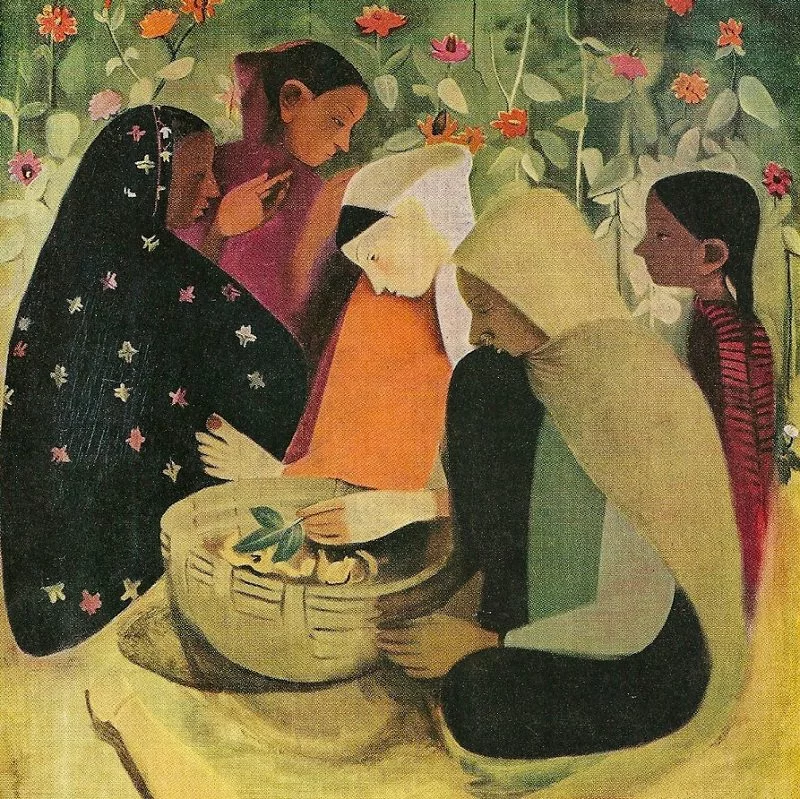
The Art Scene After Independence
By the time India got its independence in 1947, several art colleges there had given access to modern methods and concepts. The Progressive Artists’ Group was created that same year by a group of six artists to help invent new means of conveying Indian art in the post-colonial age.
The Progressives discarded established art forms in favor of experimenting with new ones, the most famous of which was abstraction. They wished to be linked with the artwork worldwide, not merely in India. It was difficult to establish something new, particularly something which went against society’s conventions and traditions. They went against it and thus were subjected to harsh criticism.
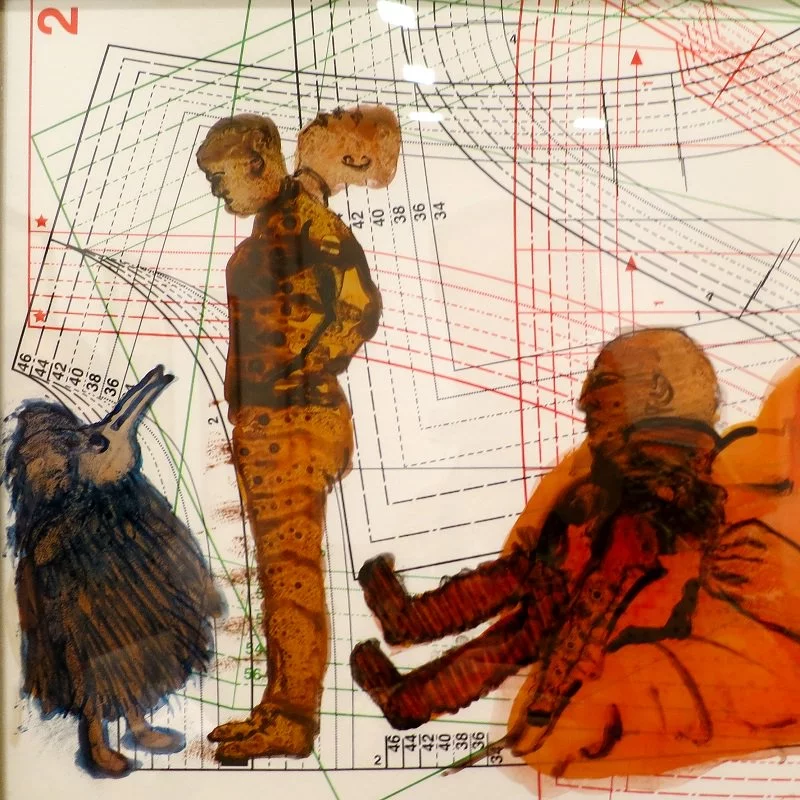
Modernism inspired the Progressives in various ways. F.N. Souza was affected by Expressionism, whereas Vasudeo S. Gaitonde was influenced by abstract art. M. F. Husain created narrative paintings using a modified Cubist technique. Eventually, in the late 1950s, Souza and S. H. Raza exited India, followed by S.K. Bakre’s departure, resulting in the group’s dissolution in 1956.
In the 1970s, there was a strong emphasis on social and political arenas, particularly through figuration. The backdrop for this era was the 1971 conflict with Pakistan, the hunger and Naxalite Movement in Bengal, and Prime Minister Indira Gandhi’s declaration of Emergency.
During this period, the artist’s role in a developing country and the necessity for social responsiveness were discussed nationwide. Many more female artists emerged, most of them defining a feminist point of view. Arpita Singh, Nalini Malani, Navjot Altaf, Madhvi Parekh, and others frequently addressed concerns of individuality and vulnerability in their art.
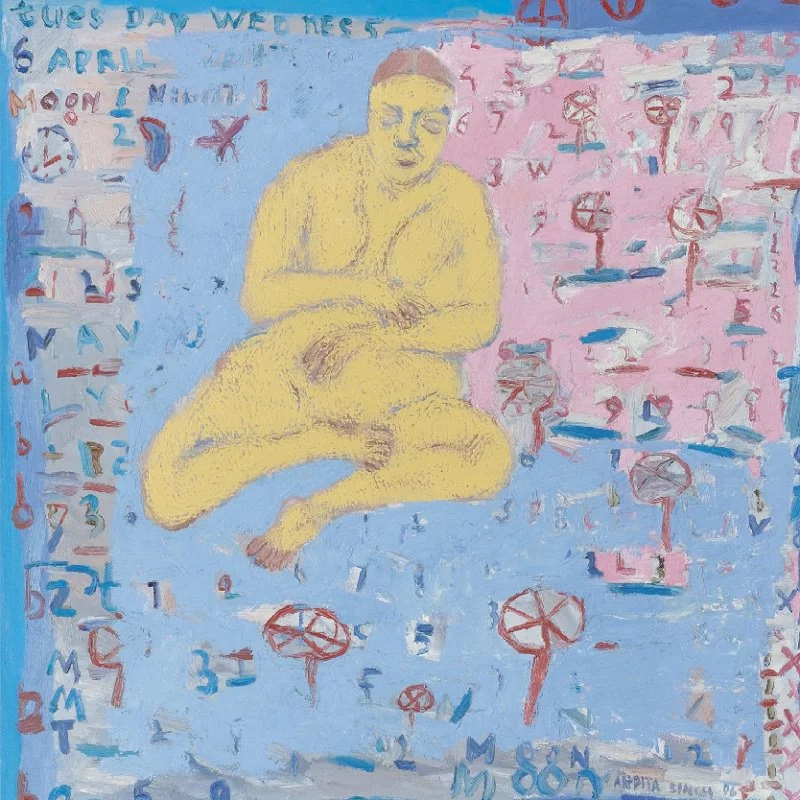
Indian Contemporary Art
Indian artists began to expand the variety of forms they utilized in their work. Indian art started to produce brand new ideas and work both within and outside of previous academic traditions throughout the country’s economic liberalization.
Devajyoti Ray, for example, embraced pseudorealism, in which he employed unusual colors and abstract shapes to show everyday events in Indian life.
Akbar Padamsee works in several mediums, including oil paintings, watercolors, plastic emulsions, sculptures, computer graphics and printing.
Vivan Sundaram, Subodh Gupta, Jitish Kallat and Narayanan Ramachandran are some of the other prominent artists engaged in revolutionary new methods in sculpture and painting. Natvar Bhavsar, an Indian abstract painter, along with Anish Kapoor, a postminimalist sculptor, have become art superstars.
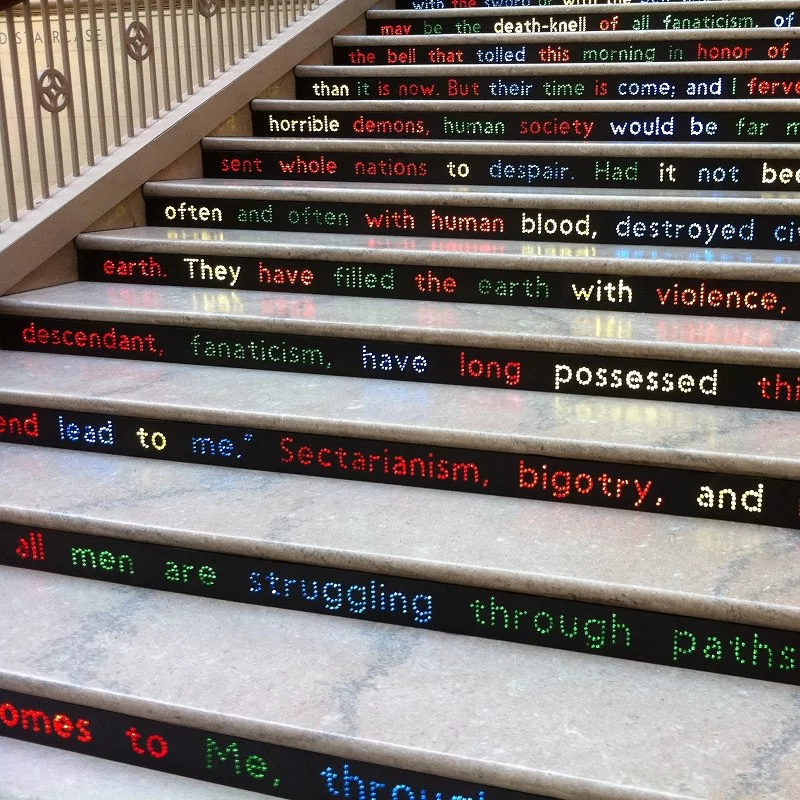
Indian contemporary art has distinct yet comparable characteristics. It has a multifaceted approach, with specific emphasis on the neo-abstract and post-colonial. It has been able to integrate numerous beliefs and create a synergistic outcome.
Contemporary Indian Artists to Look Out For
Atul Dodiya
Atul Dodiya has created a collection of works that resists simple classification, embracing a wide variety of genres and effortlessly fusing Western art history with Indian history, mythology, folk, and popular culture. He attributes his fondness for such jarring juxtapositions to his time in Mumbai.
Dodiya rose to attention in the early ‘90s for his hyperrealist representations of middle-class living and his colorful paintings on the security shutters of Mumbai’s stores. He has recently paid tribute to the disenfranchised and underprivileged in a series of extremely delicate watercolors representing, for example, a plumber, writer, and painter.
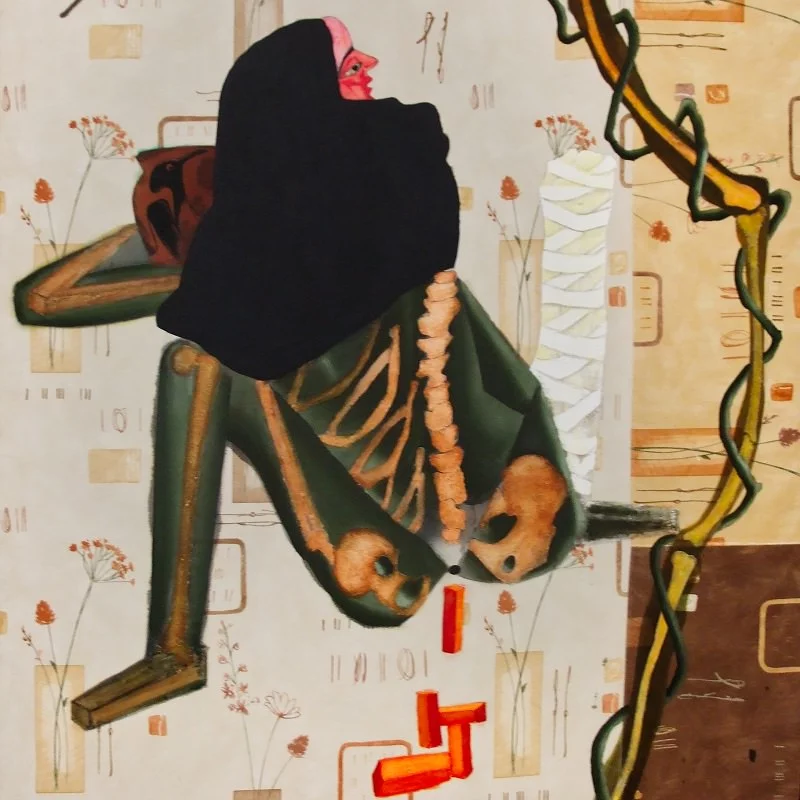
Bharti Kher
Bharti Kher creates installations and paintings that bring a feeling of enchantment and beauty to common items, particularly the traditional bindi. Kher is well-known for her sculptures, which frequently shine and resemble bizarre, chimerical beasts.
Her three-dimensional pieces and swirls inside her paint are adorned with the bindi, a traditional Indian sign of domesticity, style, religious zeal, and spirituality. To Kher, the bindi is a malleable medium rather than a theme.
Subodh Gupta
Subodh Gupta is best known for creating huge sculptures and exhibits out of ordinary things such as the common steel cooking utensils found throughout India. His works highlight the country’s shifting socioeconomic scene. Gupta’s glossy materials are frequently collaged into simple assemblages with mocking Duchampian overtones.
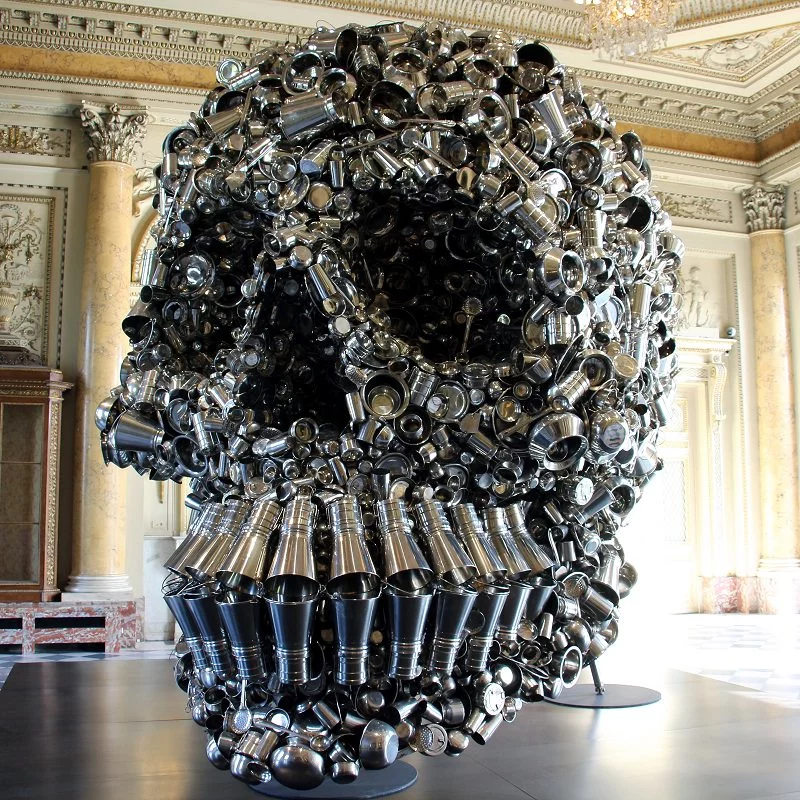
Siddharth Shingade
For Siddharth Shingade God’s greatest gift to artists is the human figure. On his canvases, the protagonists are generally farmers, ranchers, and ladies toiling in dusty fields beneath the blistering sun.
He depicts everyday males and females in leisure, reflection, and relaxation. On Shingade’s paintings, other select scenes that appear are wooden toys in a basket, a fatigued farmer playing music to soothe his hurting muscles, and a mom caring for both her daughter and a goat.
Sheela Gowda
Sheela Gowda creates artworks and compositions out of cow manure, metal barrels, found wood, fragrances, and human hair, all of which are associated with her country India’s heritage, and politics. Gowda’s work frequently emphasizes the perilous experience of the suppressed minority in Indian culture, such as women, migrant laborers, and outcasts.
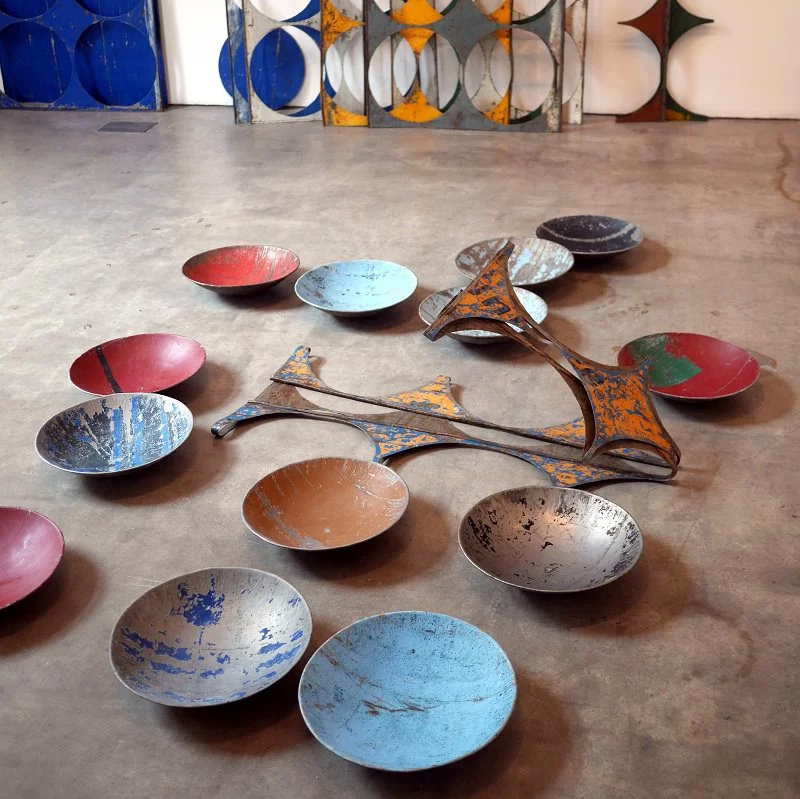
By weaving 360-foot-long strings between bunches of pins, Gowda creates an exquisite, yet frightening network of serpentine, blood-red lines in cascading installation in her piece And Tell Him of My Pain.
Indian Contemporary Art Scene – Important Events
Kala Ghoda Arts Festival (Mumbai)
One of the top beloved art enthusiast gatherings is the Kala Ghoda Arts Festival. Kala Ghoda is an annual festival promoting theater, music, cinema, and comedy, as well as international and modern-day art. In Mumbai, an immense number of people from the country as well as internationally, attend this art festival.
Kochi Muziris Biennale (Kochi)
Kochi Muziris Biennale is an international contemporary arts festival, held in Kerala on the island of Fort Kochi. It lasts for 4 months, and viewers can immerse themselves in contemporary art forms created by Indian, as well as global artists who are displayed via a range of mediums such as paintings, installations, murals, and more.
India Art Festival (New Delhi)
Created in 2011, the India Art Festival is a contemporary art fair. It is a brand-new example that promotes collaboration and discussion between art dealers and buyers as well as artists, interior designers, and art lovers who all get together annually beneath the same roof.
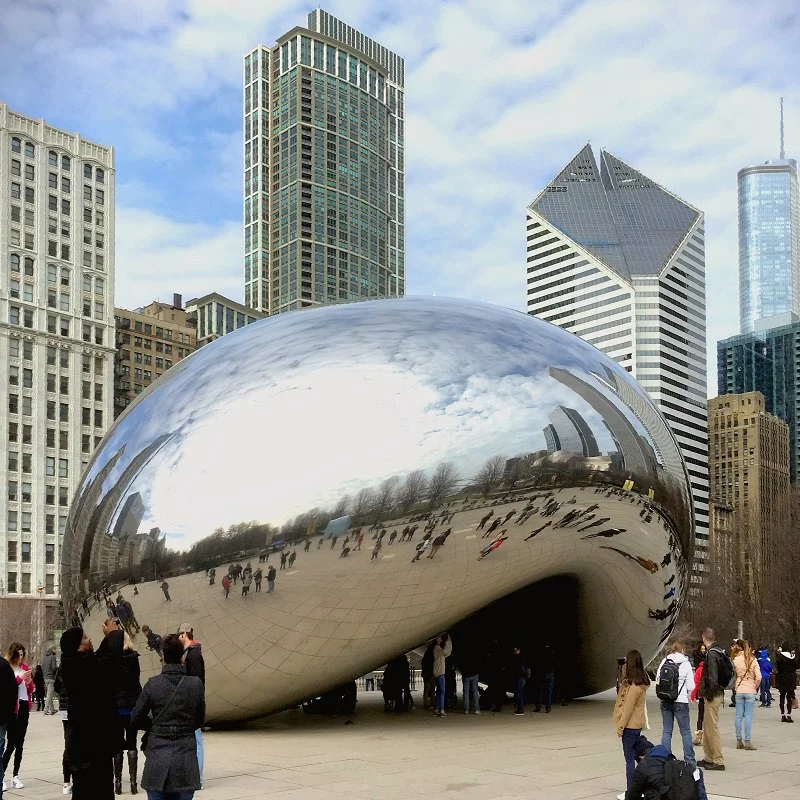
A Thriving Future
Indian contemporary art demonstrates an unusual level of refinement. It manifests a willingness to adopt global trends and try new things without turning its back to tradition. Contemporary Indian artists are no longer bound by painting. They embrace different mediums and materials with growing enthusiasm, which will ultimately lead to new heights in the evolution of Indian culture.

